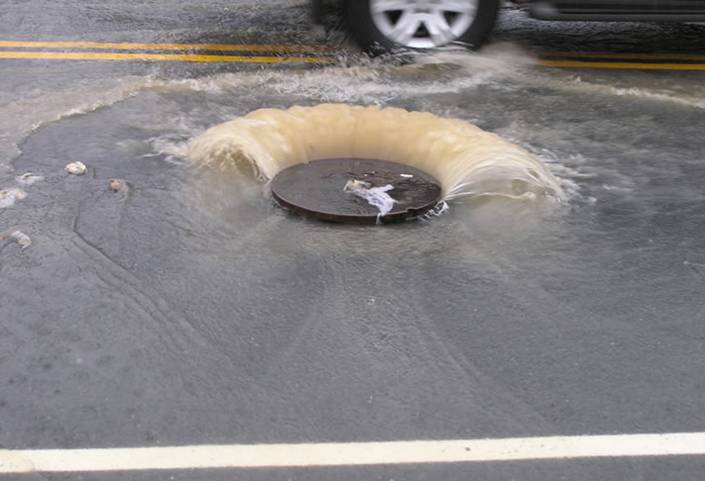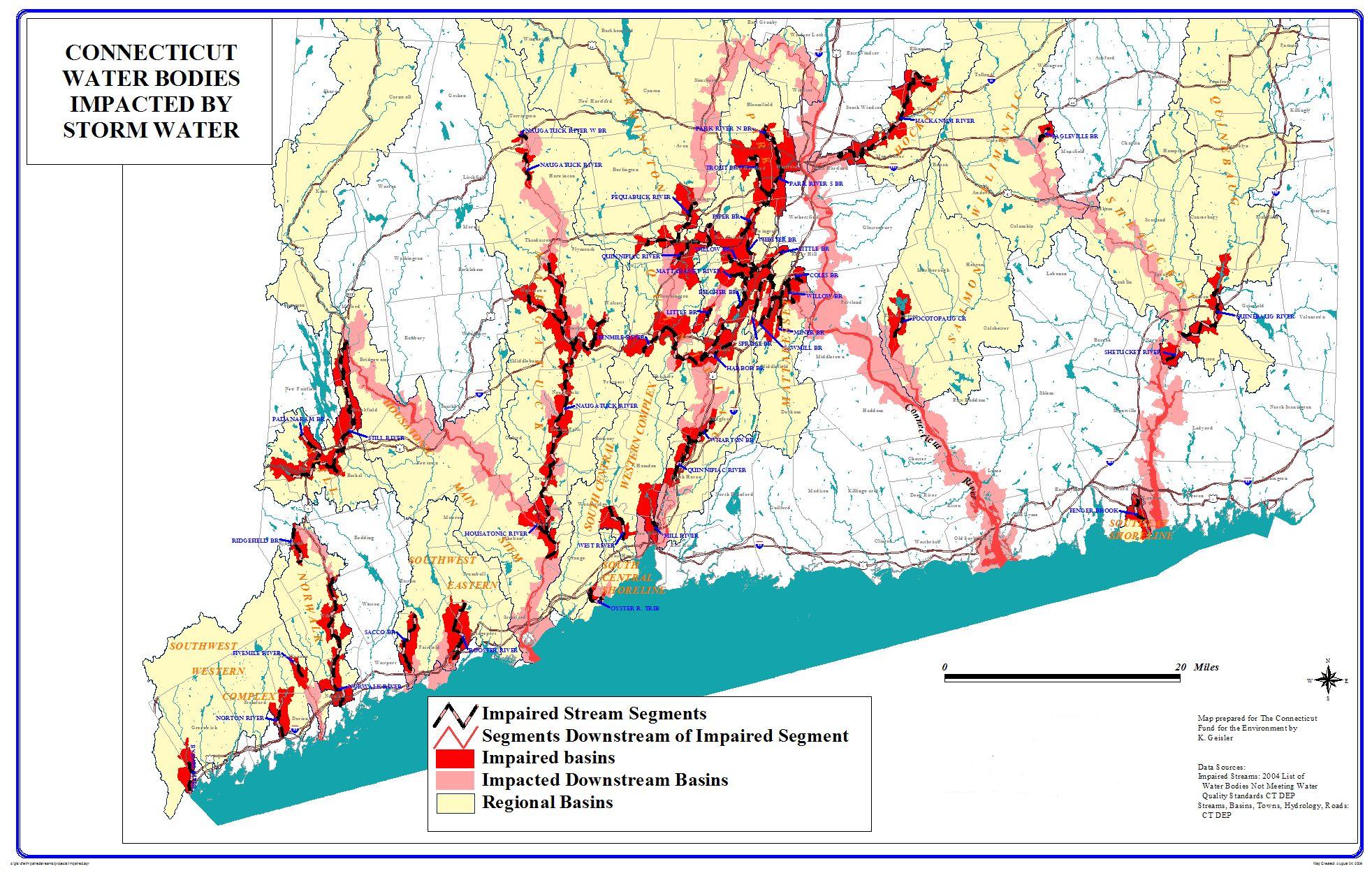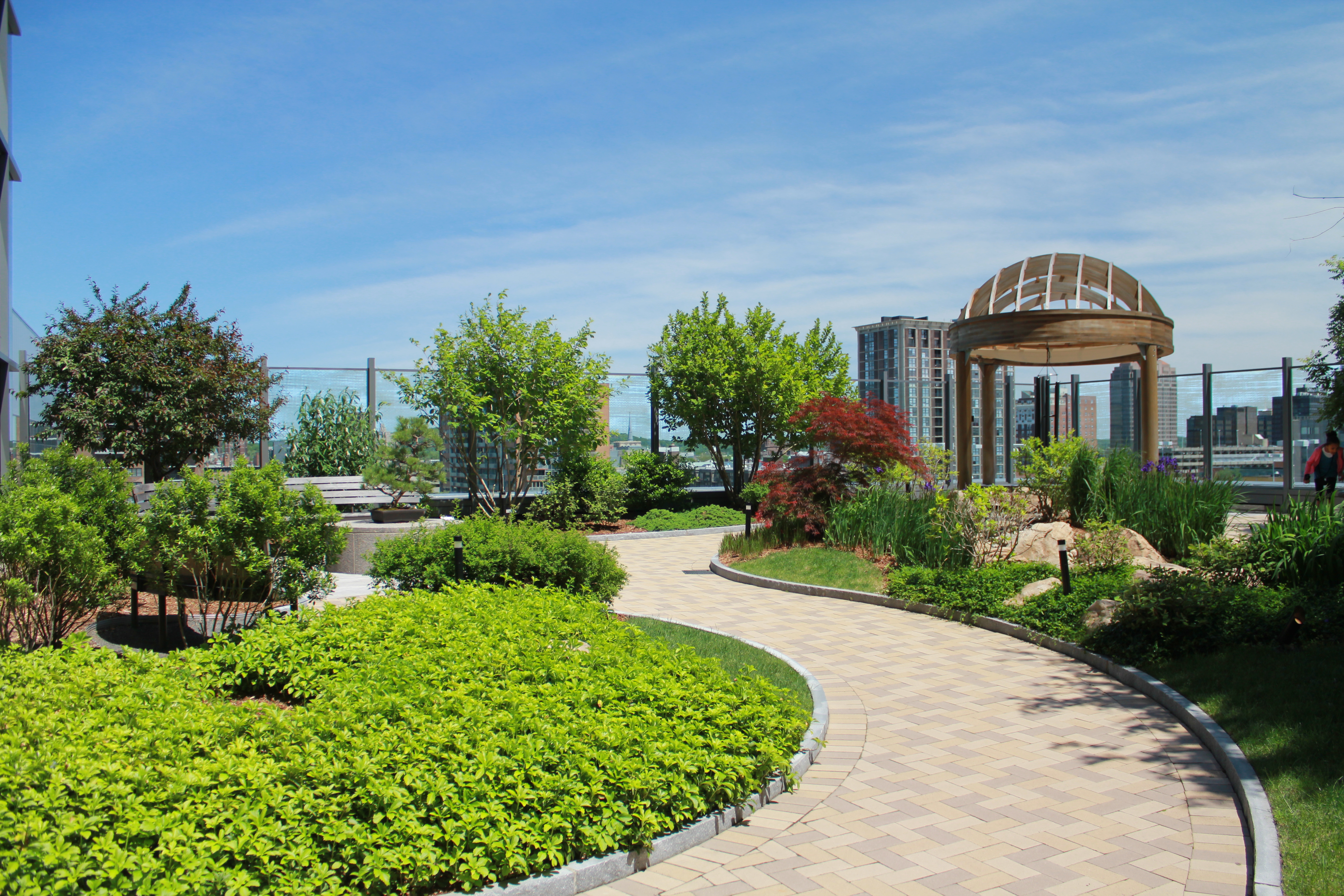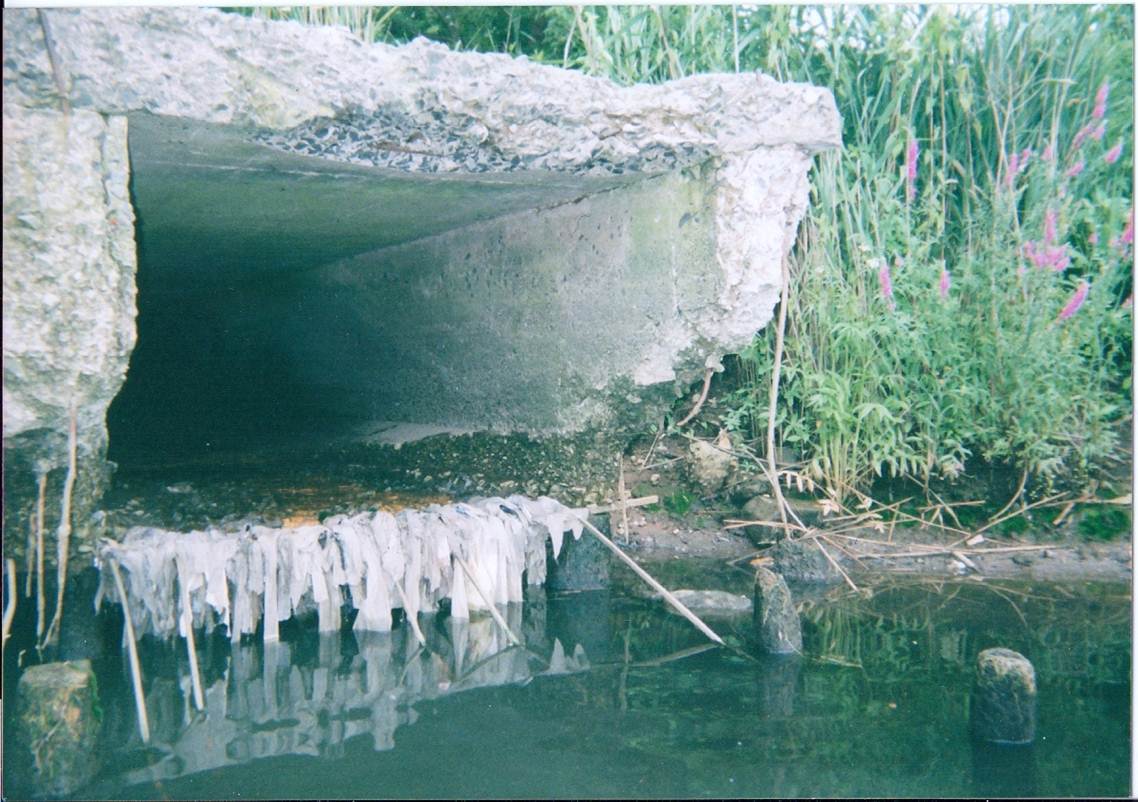Last week, Save the Sound testified publicly in favor of the New Haven regional sewer authority investing $50 million in sewage treatment plant improvements in New Haven. Part of the environmental justice is providing clean water, safe swimming, and safe boating and clamming for all people, including under served communities like New Haven. By cleaning up New Haven’s harbor, we clean up the entire Sound.
New Haven has an enormous clean water problem. The Greater New Haven Water Pollution Control Authority estimates that 257 million gallons of sewage overflows occur in New Haven Harbor during an average year of rain. This is a mixture of raw sewage coming from all the toilets in New Haven as well as stormwater collected off our city streets and rooftops. Our sewer plumbing in New Haven, like most old industrial cities, is antiquated. During rainstorms, it all gets mixed together into a toxic brew, in volumes far too large to be treated at the plant, and millions of gallons is dumped untreated into the Quinnipiac River, the Mill River, the Harbor, the West River.

Photo by Chris Zurcher, editor, CT Environmental Headlines
It’s hard to picture 257 million gallons of raw sewage running into New Haven’s rivers and harbors in a year. This image might help: to store up the 257 million gallons of raw sewage mixed with street stormwater that dumps into New Haven’s rivers and harbor each year, you would first fill up four super tankers – like the famous Exxon Valdez.
Raw sewage is an obvious health threat and yuck factor. The second half of this mixture, polluted stormwater running off our city streets, is also a major pollution threat to New Haven’s rivers and harbor. Its pollution impact is big. Stormwater contains raw bacteria contamination from pet and goose poop as well as pesticides, heavy metals, nutrient pollution and suspended solids.
Imagine if the Canadian government sent down 4 supertankers filled with a nasty brew of raw sewage and polluted stormwater each year to be dumped throughout New Haven’s rivers and harbors. It would probably start an international environmental crisis. But it’s what happens every year, right in New Haven and other cities in Connecticut like Bridgeport, Hartford, and Norwich.
Above, is a photo taken by Peter Davis, the Park Department’s riverkeeper. It’s the outlet of a combined sewer that leads into the West River in New Haven and was taken a day after a modest summer rainstorm. That’s toilet paper at the bottom. You get the idea of what runs out during a rainstorm. Four tanker loads of this mixture right into our all of our rivers, harbors every year? Outrageous!
So what’s the impact on regular city people being able to enjoy our rivers and Harbor?
In more stagnant areas of our rivers, like sections of the Mill River and West River – the pollution is so bad that the state deems those areas unsafe even for recreational boating. The concern is that if you touch the water, or you, God forbid, fall in the water, there is a strong likelihood you will get sick.
Big additional sections of the Harbor, Quinnipiac River and West River are deemed unsafe for swimming – particularly for days after moderate rains.

This proposed project is step one toward eliminating this sewer overflow insult. It’s the first step toward increasing the ability of the New Haven sewage plant to treat a lot more water during a rainstorm. When completed, the approximately $180 million investment in the plant will allow the plant to treat an additional 87 million gallons of raw sewage a day.
Engineers estimate that this improvement will cut sewage overflows by about 30 percent. For New Haven rivers and harbor, this means capturing about 77 million gallons of combined toilet waste and stormwater and treating it so it is far cleaner (removing about 70 percent of the “solids”) and killing the bacteria that can make us sick. This would mean reducing the huge insult of raw sewage and stormwater pollution by a bit more than one super tanker load a year. This is real progress.
How can we make more progress? We can implement green infrastructure techniques.
Green infrastructure uses soil and vegetation to trap, filter, and infiltrate stormwater, providing a natural way to reduce pollution in our waters. Through the use of green roofs and rain gardens, runoff is filtered before the water enters our sewer systems, decreasing the amount of contaminants in the water. The benefits of green infrastructure are not only environmental but also economic.
According to a recent report by American Rivers, the Water Environment Federation, the American Society of Landscape Architects, and ECONorthwest, green infrastructure offers a cost-effective way to address stormwater. According to the report, green infrastructure techniques reduce built capital costs, operation costs, land acquisition costs, repair and maintenance costs, and external costs associated with addressing stormwater runoff.
In New Haven, there are already several locations that have implemented green infrastructure techniques. Both the Smilow Cancer Hospital at Yale-New Haven and 360 State Street have green roofs. These green roofs not only cut down on their contaminated runoff but are also aesthetically pleasing and offer a place for patients and residents to congregate and enjoy the outdoors.

We are also working with the WPCA on collaboration on implementing green infrastructure in the city, specifically with a neighborhood demonstration project in the Mechanic-Nash Street neighborhood.
For more information on CFE/Save the Sound’s Green Infrastructure work in New Haven, check out our Green Infrastructure Neighborhood Scan.
Posted by Curt Johnson, program director for CFE/Save the Sound.


The photo is from West Haven, and it should be attributed to Christopher Zurcher, editor, CT Environmental Headlines. Thanks.